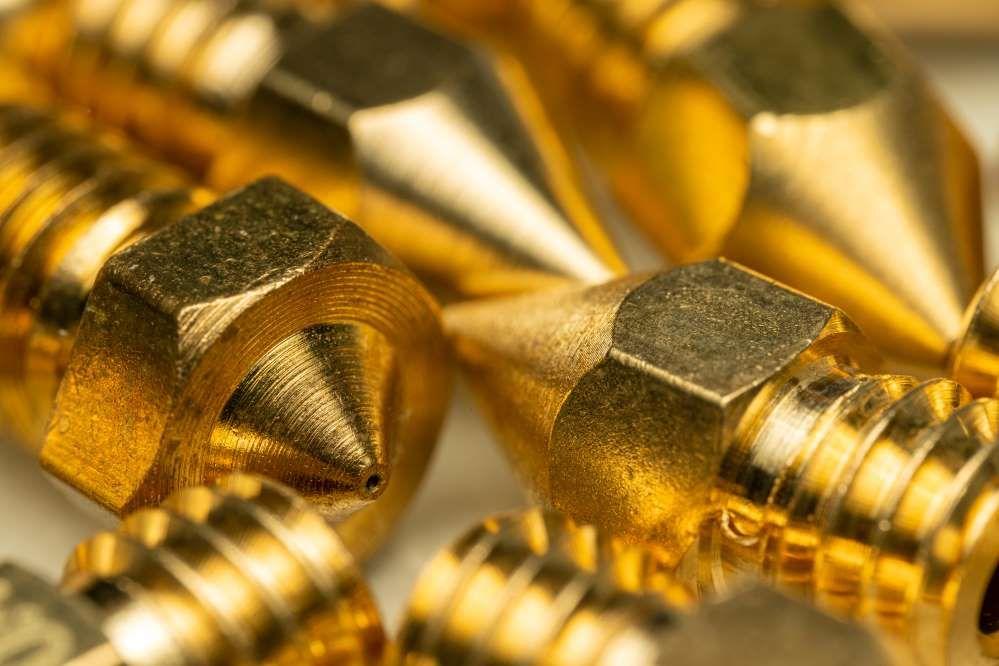Understanding the role of 3D printer nozzles and their various options is crucial for achieving optimal print quality and making the most of your 3D printing projects. This comprehensive guide will walk you through the different nozzle types, sizes, and materials to help you make an informed decision when selecting the perfect nozzle for your needs.
Nozzle Types
Standard Nozzle: The most common nozzle type, featuring a cylindrical shape and a tapered tip. Standard nozzles are versatile and suitable for various printing applications.
Volcano Nozzle: Designed for high-flow applications, Volcano nozzles have an elongated melt zone, allowing for faster print speeds and thicker layer heights. Ideal for larger prints and projects requiring less detail.
Nozzle Sizes
0.4mm: The most common nozzle size, offering a balance between print speed and detail. Suitable for a wide range of printing applications.
0.2mm or 0.3mm: Smaller nozzle sizes ideal for highly detailed prints and mini atures.
0.5mm or larger: Larger nozzle sizes ideal for faster print speeds and larger prints, sacrificing some detail.
Nozzle Materials
Brass: The most common nozzle material due to its affordability and thermal conductivity. Brass nozzles are suitable for most filament types but may wear down over time.
Stainless Steel: Known for its durability and resistance to wear and tear, stainless steel nozzles are ideal for abrasive filaments such as carbon fiber or metal-filled materials.
Hardened Steel: Even more durable than stainless steel, hardened steel nozzles are ideal for printing with carbon fiber or metal-filled filaments for extended periods.
Choosing the Right Nozzle
When selecting the right nozzle for your 3D printing project, consider the following factors:
Filament Type: Different filaments require different nozzle materials and sizes for optimal performance.
Print Speed and Detail: Depending on the level of detail and speed you desire, select a nozzle size that best suits your needs.
Wear and Tear: If you plan to print with abrasive materials, choose a nozzle material that can withstand prolonged use.
By understanding the different types, sizes, and materials of 3D printer nozzles, you can confidently select the perfect nozzle for your printing needs, resulting in optimal print quality and a more enjoyable 3D printing experience.
